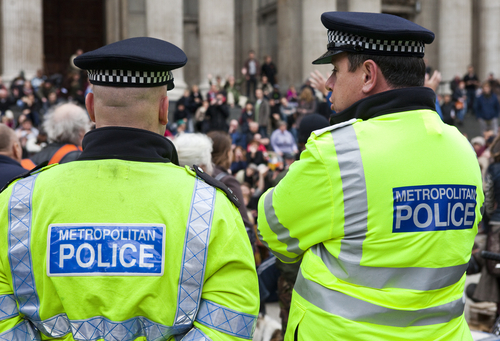Facebook Live: Important New Witness To Crimes

NEWS ANALYSIS: You can run but you cannot hide from a ubiquitous social network like Facebook – especially now that it enables users to broadcast live video at any time
When Mark Zuckerberg was working in his dorm room writing code for the app that was to become Facebook more than a dozen years ago, it’s pretty certain that he did not in his wildest dreams foresee that his invention would one day turn out to become a key witness in crimes being committed in real time.

Facebook Live, launched by the company only in the last year, and other apps like it are now enabling unprecedented on-the-spot news coverage, and some of the results are shocking. The widely viewed video broadcast from St. Paul, Minn., on July 6 of an officer conducting a routine traffic stop and then shooting and killing an ostensibly innocent black man inside his vehicle brings this phenomenon into sharp focus for us all.
Subsequent social-network video from Dallas on the evening of July 7 recording heavy gun-fighting between snipers and police at a peaceful protest rally further punctuates the message in this column. At 11:30 p.m. Central time on July 7, 11 law-enforcement officers had been hit and four had been killed in the shootout. The gunshots from automatic weapons were unnerving on the video.
This is where new-gen IT is at its most powerful and relevant.
Social Networks Becoming ‘Big Brother’?
Are the social networks, with the future help of the IoT, becoming the Big Brother that George Orwell described in “1984”? The author was a few decades off in his timing, but the increasing number of social network-created videos does go into a central system — the Internet — like the system described in the novel, although it’s not a government system.
Social networks and their videocams are watching people in public places everywhere, so there may be some truth in this.
More and more public places, private businesses and private residences are installing video systems, so it’s getting more difficult to make an appearance outside your personal residence or vehicle and not be caught on video by someone or some automated system.
Ever walk around London? Just about every square inch of that nearly paranoid city is covered by security cameras, not to mention all the tourists with their smartphones. If somebody stubs his toe in Trafalgar Square, it’s going to be videoed by someone.
Facebook, with its 1.7 billion regular users worldwide, is fast becoming the main public network to convey all this live content, but it’s certainly not the only one. Others, such as YouTube, Instagram, SnapChat and Twitter, are joining the frey as time marches on. Most people now have smartphones, and the ability is now here for everybody have their own live television cameras using apps such as Facebook Live, Twitter Periscope, Meerkat and GoPro.
Social Networks, Television Combine for Coverage
Television news channels, which provide valuable coverage after an unplanned news event has started, but 99 percent of the time are not there when such an event begins. Social network users are far more likely to be in the heart of the action when it starts, and this is happening more often all the time as thousands of video-enabled phones enter the market each week.
Television news will have to rely more on social network video than ever before to remain relevant. It’s not hard to envision Internet news channels — YouTube already enables this — that will broadcast via the Web citizen-originated news videos from social networks and private feeds.
 Live social-network video from crime scenes is documenting what actually takes place, often making liars out of law enforcement professionals and criminals alike, who used to be able to say anything to get out of problem situations and let the courts decide who was at fault. Courts and judges now have video evidence to which they never had access previously.
Live social-network video from crime scenes is documenting what actually takes place, often making liars out of law enforcement professionals and criminals alike, who used to be able to say anything to get out of problem situations and let the courts decide who was at fault. Courts and judges now have video evidence to which they never had access previously.
This type of IT is changing the way law enforcement and court systems operate — literally right before our eyes.
Where Is This All Going?
Where is it all going? Well, the video literally is going into storage clouds, to be used for legal discovery in court cases of the future.
Where is this overall social-networking 24/7 video ingest going? Everywhere, it seems. This is as important an IT trend for mainstream society as there ever was, and we’ll just have to watch what all this on-the-spot evidence brings us. Hopefully this will both bring justice and serve as some type of deterrent to crime, but who really knows?
Perpetrators of crimes must realize that they can run but cannot hide from a ubiquitous social network such as Facebook, especially now that it enables so many users to become virtual law-enforcement deputies, holding valuable evidence in their smartphones.
Originally published on eWeek.